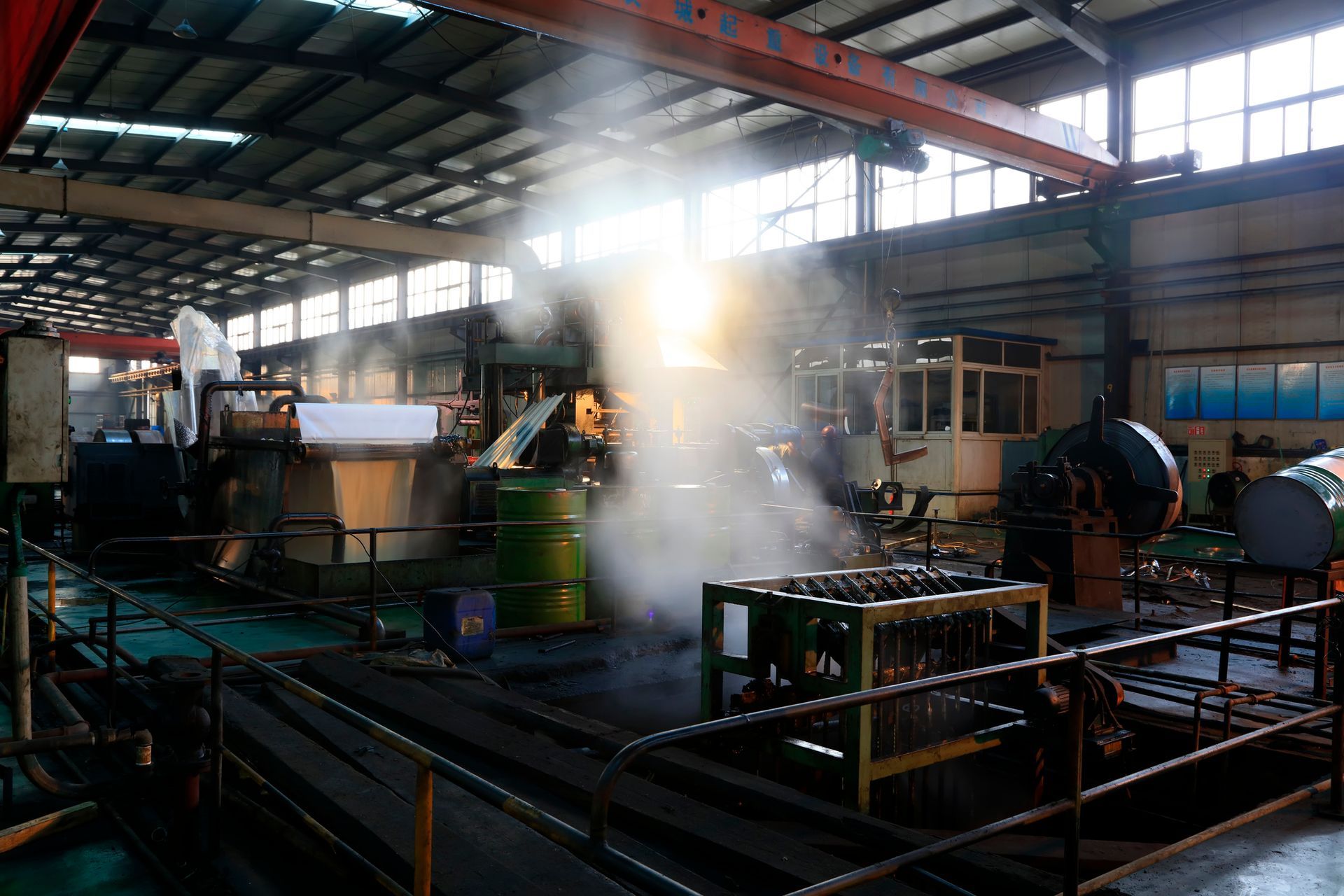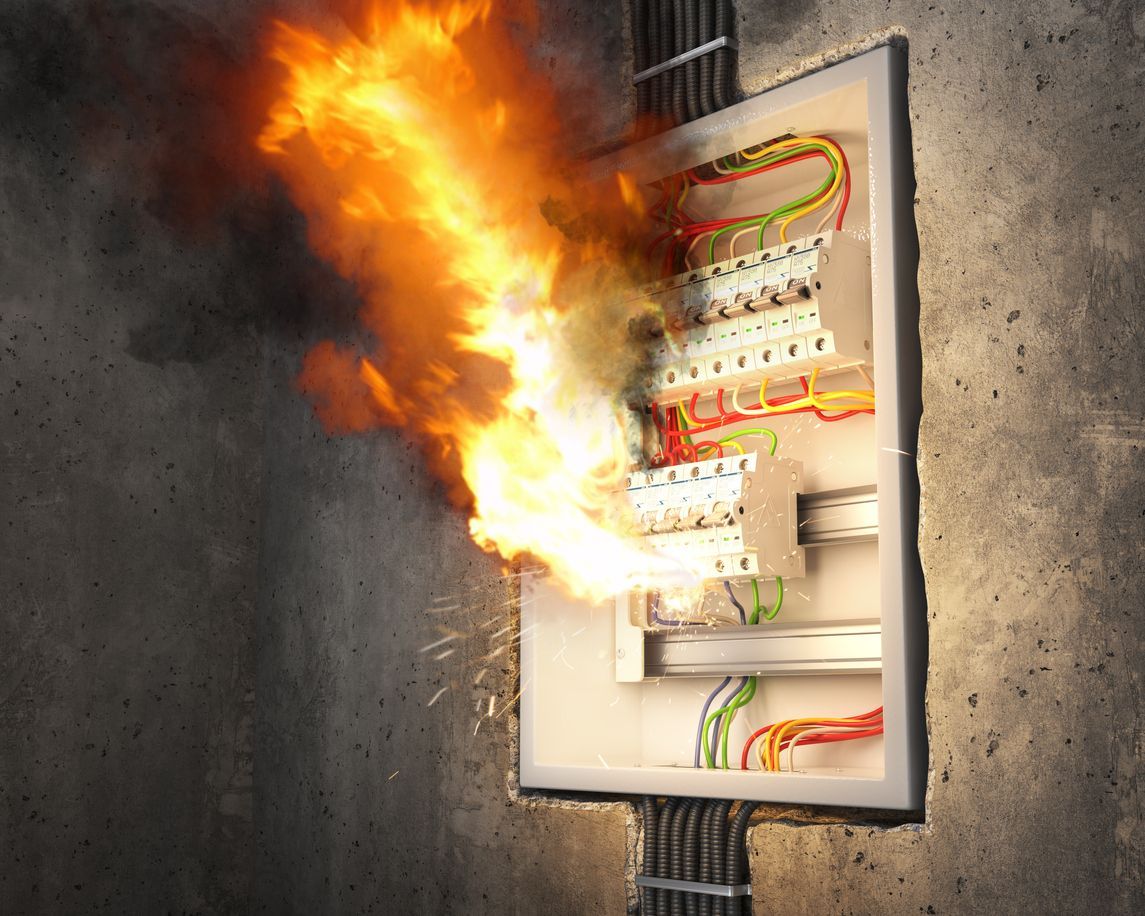Meeting the Challenge: Complying with the New EPA PM2.5 Standards

Last month, the Environmental Protection Agency (EPA) introduced a pivotal update to its air quality standards by lowering the allowable concentration of fine particulate matter (PM2.5) from 12 µg/m³ to 9 µg/m³. This revision, the first in over a decade, signals a crucial step forward in the nation’s efforts to enhance public health protections against the smallest and most dangerous airborne pollutants.
Understanding PM2.5 and Its Impact
Particulate matter 2.5 (PM2.5) consists of fine particles with diameters that are 2.5 micrometers and smaller. These particles are particularly hazardous as they can penetrate deep into the lungs and even enter the bloodstream, causing a variety of health problems—from acute respiratory symptoms to chronic diseases like asthma, heart disease, and others. The urgency to control PM2.5 emissions is not just about compliance; it’s about protecting lives.
Why the Stricter Standards?
Research continually supports that lower concentrations of PM2.5 are associated with improved cardiovascular and respiratory health outcomes in communities. By tightening the standards, the EPA aims to prevent more of these health issues, particularly in vulnerable populations such as children, the elderly, and those with preexisting conditions.
How SEA Helps Industries Adapt to New Regulations
At Safety & Environmental Associates, Inc. (SEA), we specialize in providing comprehensive air quality monitoring and compliance solutions that help businesses meet stringent environmental standards. Here’s how we can assist in light of the new PM2.5 regulations:
- Cutting-Edge Monitoring Technologies- SEA employs advanced monitoring technologies that can detect and quantify PM2.5 levels with precision. These technologies are critical for providing accurate, real-time data that businesses need to ensure they remain within the new regulatory limits.
- Expert Compliance Strategy Development - Our environmental specialists provide more than just testing; they help businesses develop and implement effective compliance strategies. This includes performing risk assessments, suggesting mitigation techniques, and optimizing operational practices to reduce particulate emissions.
- Regular Testing and Documentation - SEA conducts regular environmental testing to track compliance with EPA standards. Our thorough documentation helps businesses provide evidence of compliance during inspections and reviews, ensuring transparency and accountability.
Technical Insights and EPA Resources
For those interested in a deeper dive into the technical aspects of PM2.5 monitoring and compliance, the EPA provides extensive resources. These include guidelines on measurement methods, health impact studies, and detailed descriptions of regulatory requirements. Businesses can access these resources to better understand the expectations and methodologies recommended by the EPA.
- EPA PM2.5 Overview and Health Impacts
- National Ambient Air Quality Standards (NAAQS) for PM
- Technical and Regulatory Information on PM2.5
Partner with SEA for PM2.5 Compliance
Adhering to the new PM2.5 standard is essential not just for regulatory compliance but for the health and safety of all. SEA is ready to help your business navigate these changes effectively, ensuring that you meet or exceed the new standards with our expert testing and environmental services.
To learn more about how SEA can assist your company in achieving and maintaining compliance with the latest EPA air quality standards, please contact us today. Let’s work together to make our air cleaner and our communities healthier.
By Derek Jennings, President SEA
Leave A Comment
We will get back to you as soon as possible.
Please try again later.


10201 W. Markham Suite 317
Little Rock, Arkansas 72205
Phone: 888-374-3442
1750 Highway 160 West, Suite 101-147
Fort Mill, SC 29708
Phone: 839-400-2223
Our Hours
- Mon - Sun
- Open 24 Hours
SEA Inc. | Powered by Flypaper | All Rights Reserved | Privacy Policy

